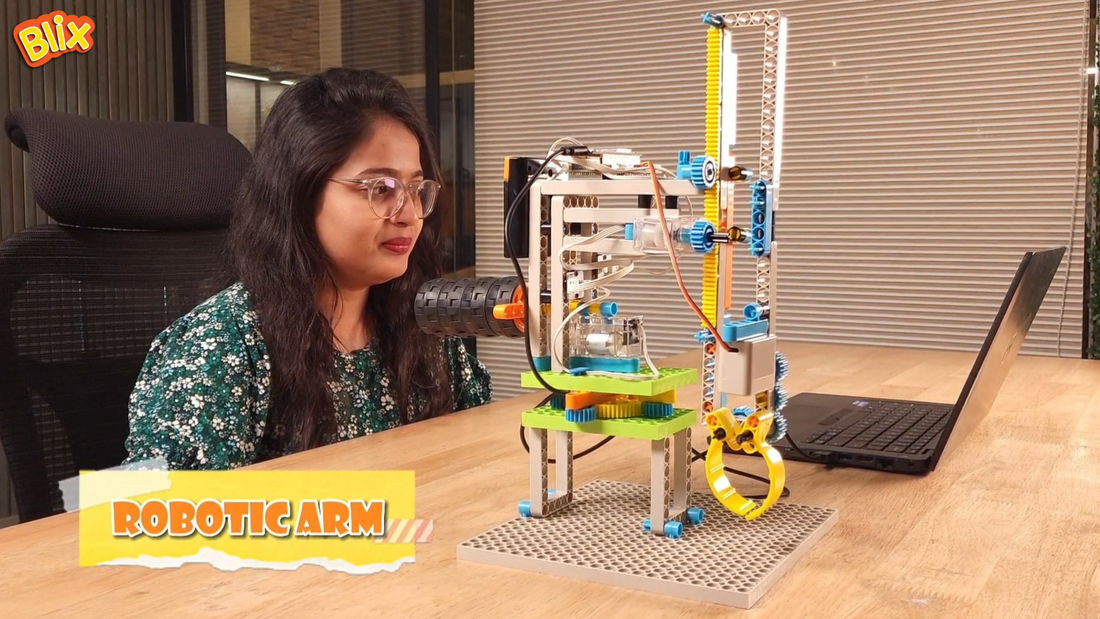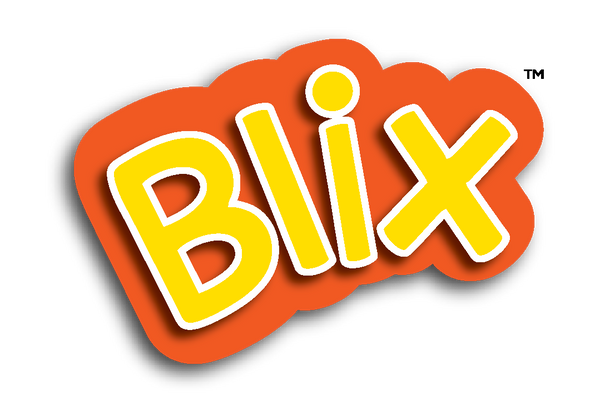
Preparing Kids for Tomorrow: Is Your School Ready for AI/ML Education?
Share

There was a time when computer literacy meant knowing how to type or use MS Paint. That time is long gone. Today’s world runs on AI and machine learning, and students can no longer be passive observers. The earlier we introduce them to AI education, the better we prepare them for the careers, problems, and technologies of tomorrow.
But how do we actually make that happen in schools? Can young learners really grasp concepts like data sets or decision trees? And more importantly, who’s building the tools and systems that can make AI learning better and easier for classrooms?
Let’s break it down.
Why is AI/ML education a must for the next generation?
AI is no longer the future. It is already shaping the present. From smart assistants and chatbots to facial recognition and recommendation algorithms, children are already interacting with AI, quite often without realising it. So teaching them how it works is not about pushing advanced tech too early; it is about making their everyday world understandable.
Early AI education strengthens:
- Critical thinking, as students learn to question how systems respond.
- Logic and computational skills, through structured project-based learning.
- Curiosity, by showing them how they can train machines themselves.
And this matters beyond just tech careers. AI is changing medicine, agriculture, art, climate research, and more. The next generation needs to know how to build with it, not just use it.
How is Blix making AI learning work in classrooms?
At Blix, we didn’t just jump on the AI bandwagon. We built our own. The AI/ML kit we have launched is an extension of everything we have stood for. It makes complex concepts accessible, engaging, and most importantly, hands-on. And unlike most kits that stop at theory, this one gets kids building right from the start.
The kit comes aligned with a fully structured curriculum. Kids learn the actual building blocks of AI. They understand image recognition, datasets, and training models, but in a way that’s intuitive. They use Scratch-based coding interfaces at first. And then eventually move on to training real-time models. Every lesson is mapped to a project. Students can create a face detection alarm and build a gesture-based smart light.
Blix also supports schools with teacher training and project guidance. We know it is not just about delivering kits. It is about making AI feel natural in a classroom setup. The kind where teachers are not extremely overwhelmed, and students are not passive learners. We have built it to plug into existing STEM labs, or even work standalone, depending on what your school needs.
What do kids actually learn?
Blix’s AI/ML curriculum is designed to follow a natural learning curve.
- Students understand how AI works through activities like classifying shapes or teaching a model to recognise emotions.
- They start training real AI models, image and speech recognition projects, sorting data, etc.
- Students can later combine electronics, sensors, and AI logic to build devices that respond to gestures, images, or voice. They can then merge robotics and AI in the most tangible way.
At Blix, we make sure to test every module in classrooms. We offer clear documentation and teaching support.
So, what is the outcome?
By the end of using the AI/ML kit, students don’t just “know AI exists.” They understand its inner workings. They learn how machines make decisions, how data impacts outcomes, and how they can build smart devices from scratch.
They get the kind of exposure where their brains are still curious, flexible, and open.
At Blix, we are not trying to create engineers in every classroom. But we do want kids to grow up with confidence around technology. Especially something as transformative as AI. With tools like Blix’s AI/ML kits and classroom-ready curriculum, it’s not a far-fetched dream.
It’s already happening!!
